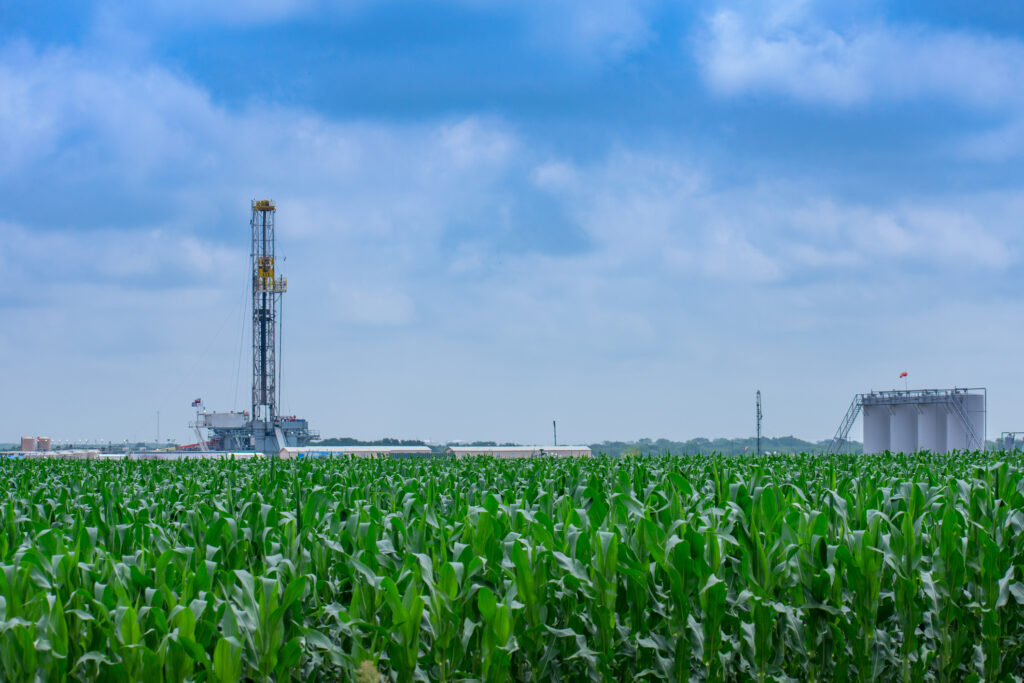(Oil Price) – Peak oil has been a hot topic lately. Usually, it’s about demand and whether it would peak before 2030 or well after that. Sometimes, however, it’s about supply—and investment. Sometimes, it’s about whether U.S. shale has a future.
The Wall Street Journal recently posed this question in an article about an oil county in New Mexico, where some are preparing for what seems like an inevitable drop in investments and hence, oil income. The argument for this inevitable drop: the energy transition away from hydrocarbons. That transition could accelerate or slow down after the November election—but it will happen, so says the argument. Eventually, this would spell doom for oil and oil wealth.
The United States oil and gas industry saw a consolidation wave as buyers with money from higher oil prices sought to expand their footprint—in the shale patch. The Permian, which spans Texas and New Mexico, was the primary focus of buyers with deep pockets because of its massive yet untapped reserves.
This year, the industry appears to have maintained the momentum, with $100 billion in deals closed by September, according to Rystad Energy, which also said that there were another $46 billion worth of deals in the works, meaning this year could reach the all-time high of $155 billion registered in 2023.
It seems the shale patch is busy with activity. Indeed, it is so busy that the deals are spilling over outside the Permian because the supply of available acreage has shrunk considerably, and operators and investors are looking to new parts of the shale patch to expand.
One researcher from a climate NGO, dubbed Resources for the Future, likened the shale oil industry to the coal industry of Appalachia. “In Appalachia, the coal economy has been declining for decades,” Daniel Raimi, a fellow at Resources for the Future, told the Wall Street Journal. “It has resulted in really entrenched poverty and really big problems.”
Comparing shale oil to coal is a little forced, however, in the context of both fuels’ evolution. Coal was the first industrialization fuel that reigned supreme for decades before the discovery of oil and gas. What happened to coal was the result of a natural process where a superior fuel organically creeped into the market to slow-roll a replacement for an inferior one—but not so inferior that it has kept coal from being used in a major way. The current energy transition, however, is the opposite of an organic process. Instead, the government directs where businesses and households should source their energy.
It is this feature of the energy transition push that is the most important: without continued and growing government support of both legislative and material nature, there would be no transition—while oil demand remains robust enough that Texas and New Mexico keep building pipelines to make it possible to move more oil and gas to processing facilities and overseas buyers.
While climate NGO employees keep warning about peak oil investment and the community wealth devastation this is going to bring about, oil demand continues to grow, motivating more investments. Sure, the pace of growth in these investments—and in supply—is not an uninterrupted upward line. But upward it is, and it is not about to change direction anytime soon unless electric vehicles become mandatory.
Meanwhile, investment in offshore oil and gas exploration is rising even faster than investment in the shale patch, suggesting that the outlook for demand is indeed rather positive, with no peak in sight. As to the hypothesis about oil and gas running out—it won’t be the first time peak oil supply has been declared prematurely.
By Irina Slav for Oilprice.com







